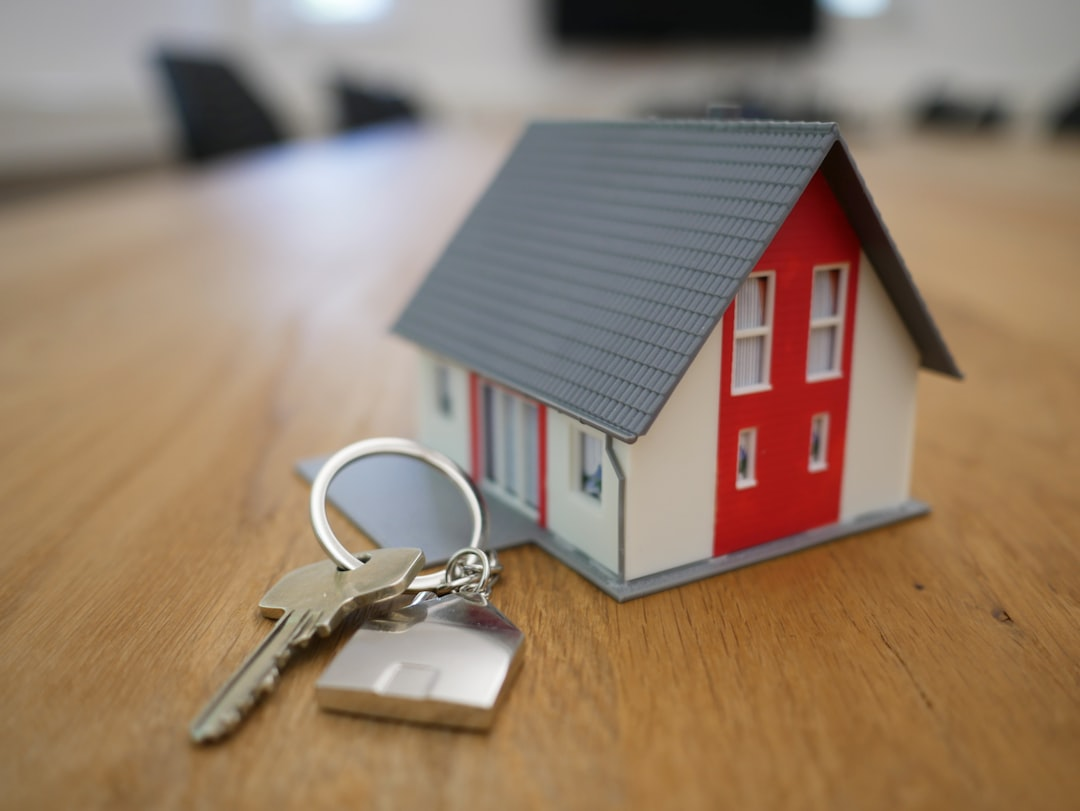Are you curious about the recent dip in SBA loan rates below six percent and wondering if you qualify for these attractive terms? As someone deeply immersed in the lending industry for over two decades, I’ve seen firsthand how nuanced SBA financing can be. In this article, I’ll break down who gets access to these low SBA 7(a) loan rates, how you can position yourself to qualify, and key steps to take before rates inevitably rise again.
This guide is designed to help business owners, entrepreneurs, and investors navigate the often complex SBA loan landscape, unlocking the best financing options to grow or acquire their businesses. Let’s dive into the details and uncover how you can leverage these low rates effectively.

Photo by Breno Assis on Unsplash
Understanding SBA Loan Rates Under 6%
After a period of rising interest rates, SBA loan rates have finally started dipping below six percent, with some deals even hitting the low five percent range. However, it’s important to know that not everyone qualifies for these ultra-competitive rates. The most favorable rates tend to be reserved for what we call “A+ deals” — strong borrowers with robust financials and solid collateral, typically involving real estate transactions.
What does this mean for you? If you are an existing business owner looking to buy a building or convert from renting to owning, you’re in a prime position to access these low rates. Banks are eager to finance these types of deals under the SBA 7(a) loan product, often offering fixed rates in the low to mid-fives over terms of three to five years, amortized over 25 years.
Why Are Rates Varying So Much?
Most SBA loan rates you see advertised are based on the Wall Street Journal Prime rate plus a margin, which can range from 1.5% up to 2.75%. This margin depends heavily on the lender, the specific deal, and the borrower's creditworthiness. The prime rate adjusts quarterly, so SBA loan interest rates fluctuate accordingly.
For example, a highly qualified borrower with a strong real estate deal might secure a rate in the low five percent range. On the other hand, a business acquisition by a newer owner without the same financial strength might receive a fixed rate closer to 6.99% or higher.
There’s a broad spectrum of rates out there—from under six percent for prime real estate deals to upwards of 10.25% or even 10.5% for riskier deals with more “hair”—meaning more uncertainty, less collateral, or higher loan-to-cost ratios.
Who Qualifies for SBA Loans Under 6%?
Qualification for these low rates boils down to two main factors: the borrower’s financial strength and the quality of the deal. Here’s a breakdown of the typical profile for borrowers who can secure SBA loans under six percent:
- Strong Existing Business: Established companies with solid cash flow and financial statements.
- Real Estate Acquisition: Deals that involve purchasing or refinancing commercial real estate, especially if it upgrades your existing business location.
- A- or A+ Credit Profile: Borrowers with excellent credit histories and strong business performance.
- Reasonable Loan-to-Cost Ratios: Deals that are not overly leveraged and have sufficient collateral.
If you fit these criteria, you have a good chance of qualifying for the lowest SBA 7(a) loan rates currently available. However, if you’re a new business owner or your deal has more risk factors—such as limited collateral, high loan-to-cost, or a business in a more volatile industry—you might see rates closer to 7% or higher.
Industries and SBA Loan Rates
Different industries experience varying SBA loan rates due to inherent risk profiles. For instance:
- Restaurants: Often viewed as higher risk, potentially resulting in higher rates.
- Manufacturing: Typically more stable, especially if backed by tangible assets.
- Real Estate-Focused Businesses: Usually have access to the most competitive rates.
Understanding where your business fits into this spectrum helps you anticipate what loan rates you might expect and how to best position your application.

How to Position Yourself to Qualify for Low SBA Loan Rates
Securing an SBA loan under six percent requires more than just good credit—it’s about structuring your deal and working with the right lender. Here are actionable steps to position yourself for the best rates:
- Build a Strong Financial Profile: Ensure your business financials are clean, current, and demonstrate consistent cash flow.
- Focus on Real Estate Deals: If possible, aim to buy or refinance commercial property as part of your loan application, as this attracts better rates.
- Understand Loan-to-Cost Ratios: Keep your loan request reasonable relative to the value of assets involved.
- Work with Experienced Brokers: SBA lending is fragmented. Different lenders have different overlays and specialties, so expert guidance is crucial.
- Prepare for “Surety of Close”: Lenders want confidence you’ll close the deal. Have your documentation and approvals lined up.
Remember, just because a lender advertises low rates doesn’t mean you’ll automatically get approved at those terms. The certainty of closing the loan is a critical factor lenders assess carefully.

Deal Structuring and Lender Overlays
Each SBA lender operates under the same official SOP (Standard Operating Procedures) from the SBA, but many add their own overlays—additional requirements or restrictions. This means one bank might reject a deal while another approves it under slightly different terms.
For example, some lenders specialize in “airball” deals—loans with minimal collateral. Others prefer conventional deals or those paired with conventional loans (“pari passu” structures). Knowing which lender fits your deal type is key to securing favorable rates.
Experienced brokers and consultants can help you navigate these nuances, ensuring you don’t miss out on opportunities simply because one lender’s overlay is too restrictive.
Conclusion: Navigating SBA Loans with Confidence

In today’s fluctuating lending environment, SBA loan rates below six percent are attainable—but only for qualified borrowers with well-structured deals. Whether you’re an existing business owner expanding through real estate acquisition or a new entrepreneur seeking the best financing terms, understanding the nuances of SBA 7(a) loans is essential.
Success hinges on more than just credit scores and interest rates. It requires strategic deal structuring, knowing which lenders specialize in your type of loan, and ensuring you have the certainty of close that banks demand.
If you’re ready to explore your options and get personalized guidance, consider consulting with a trusted expert who understands the SBA landscape inside and out. With the right partner, you can unlock the best SBA loan rates and terms available to grow your business confidently.
For more insights and expert coaching on business ownership and financing, visit http://bookwithbeau.com/ or text (925) 940-4133 and schedule a call with an experienced advisor.


